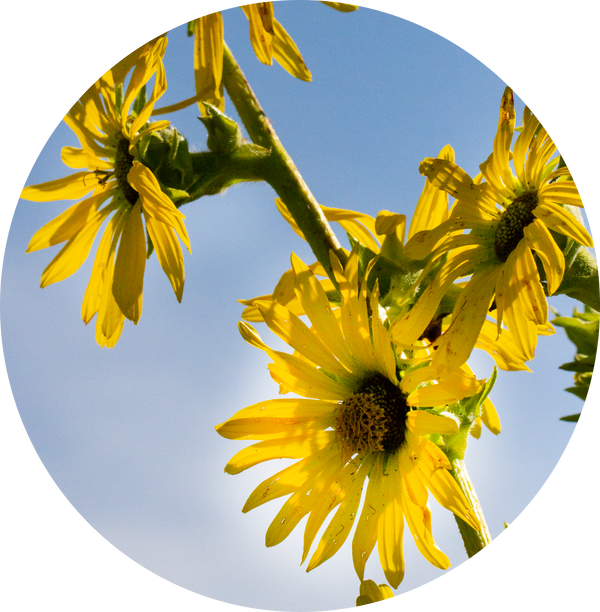

MWC Eco-brief: Pied Billed Grebe
Share

Pied-billed grebes are charismatic wetland birds that dive underwater to catch food, such as crayfish, fish, crustaceans, mollusks, and aquatic invertebrates. Their nesting habit is especially interesting. In the Midwest, grebes mound wet, decaying plant material to make a nest that is approximately 3 inches above the wetland's surface water level. A parent will sit on the eggs for 15 minutes or so, then completely cover the nest and eggs with wet, decaying vegetation. After about an hour, a parent returns to the nest, completely re-lines the nest cup with wet vegetation, then sits on the nest for 15 minutes again. The temperature in the nest cup is much warmer than the surrounding air and water. It is believed that the wet, decaying vegetation is functioning like a compost bin, which generates stable levels of heat as the vegetative material decays. Covering the eggs with vegetation before leaving the nest also protects the eggs from solar heating. Because the nest is sopping wet, and may even pool water at the bottom of the nest cup, grebe eggs have many more pores than the typical egg. This allows for adequate gas and moisture exchange as the egg develops.










